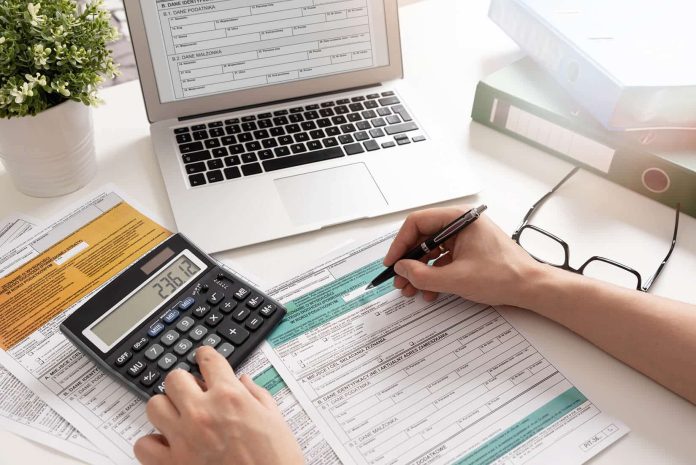Income Tax Returns Calculation:: Recently, the last date for filing income tax returns has been extended by the Income Tax Department. Now it has been extended from 31 July to 15 September.
ITR Filing: Recently, the last date for filing income tax returns has been extended by the Income Tax Department. Now it has been extended from 31 July to 15 September. Soon Form-16 will be issued by all the companies and the employed people will start filing income tax returns. Most people are choosing the new income tax regime, under which many taxes are not to be paid with the rebate of 87A if the income is up to Rs 7 lakh. If you also choose the new income tax system, then let us tell you how much tax will be levied on you if your salary is Rs 10, 15 or 20 lakh.
First know what are the slabs
There will be no tax on income from Rs 1 lakh to Rs 3 lakh. Whereas you will have to pay 5 percent tax on income from Rs 3 lakh to Rs 7 lakh. Whereas you will have to pay 10 percent tax on income from Rs 7-10 lakh. 15 percent tax will be levied on income from Rs 10-12 lakh. 20 percent tax will be levied on income from Rs 12-15 lakh. Whereas 30 percent tax will be levied on income above Rs 15 lakh.
How much tax is there on earning Rs 10 lakh?
If your taxable income is Rs 10 lakh, then first of all you will get the benefit of standard deduction of Rs 75 thousand. After this your taxable income will become Rs 9.25 lakh. In this, you will not have to pay any tax up to Rs 3 lakh. On Rs 3-7 lakh, you will have to pay a tax of Rs 20 thousand at the rate of 5 percent.
On the other hand, a tax of Rs 22,500 will be levied on an income of Rs 7-9.25 lakh at the rate of 10 percent. In this way, according to the new tax system, a tax of Rs 44,500 will be levied on an income of Rs 10 lakh.
How much tax will be levied on an income of Rs 15 lakh?
If your income is Rs 15 lakh, then first of all you will get a standard deduction of Rs 75 thousand on it, after which your total taxable income will be Rs 14.25 lakh. After this, you will not have to pay any tax on up to Rs 3 lakh. On Rs 3-7 lakh, you will have to pay a tax of Rs 20 thousand at the rate of 5 percent. On an income of Rs 7-10 lakh, a tax of Rs 30 thousand will be levied at the rate of 10 percent.
Apart from this, you will have to pay a tax of Rs 30 thousand at the rate of 15 percent on Rs 10-12 lakh. In the slab of Rs 12-15 lakh, you will have to pay a tax of Rs 45,000 at the rate of 20 percent on an income of Rs 2.25 lakh. In this way, the total tax on your income of Rs 15 lakh will be Rs 1.25 lakh.
How much tax will be levied on an income of Rs 20 lakh?
If your income is Rs 20 lakh, then first of all you will get a standard deduction of Rs 75 thousand on it, after which your income will be left with Rs 19.25 lakh. After this, you will not have to pay any tax on up to Rs 3 lakh. On Rs 3-7 lakh, you will have to pay a tax of Rs 20 thousand at the rate of 5 percent. On the income of Rs 7-10 lakh, a tax of Rs 30 thousand will be levied at the rate of 10 percent.
Apart from this, you will have to pay a tax of Rs 30 thousand at the rate of 15 percent on Rs 10-12 lakh. In the slab of Rs 12-15 lakh, you will have to pay a tax of Rs 50,000 at the rate of 20% on an income of Rs 2.25 lakh. In the slab of Rs 15-20 lakh, a tax of Rs 1,27,500 will be levied on the remaining Rs 4.25 lakh. In this way, you will have to pay a total tax of Rs 2,57,500 on an income of Rs 20 lakh.
Keep this in mind
The calculation done now is for a salaried person who has chosen the new tax regime and has taken advantage of only standard deduction. If you invest money in corporate NPS or if you buy a house by taking a home loan, which you have given on rent, then you will also get income tax exemption on the interest paid on its loan.


